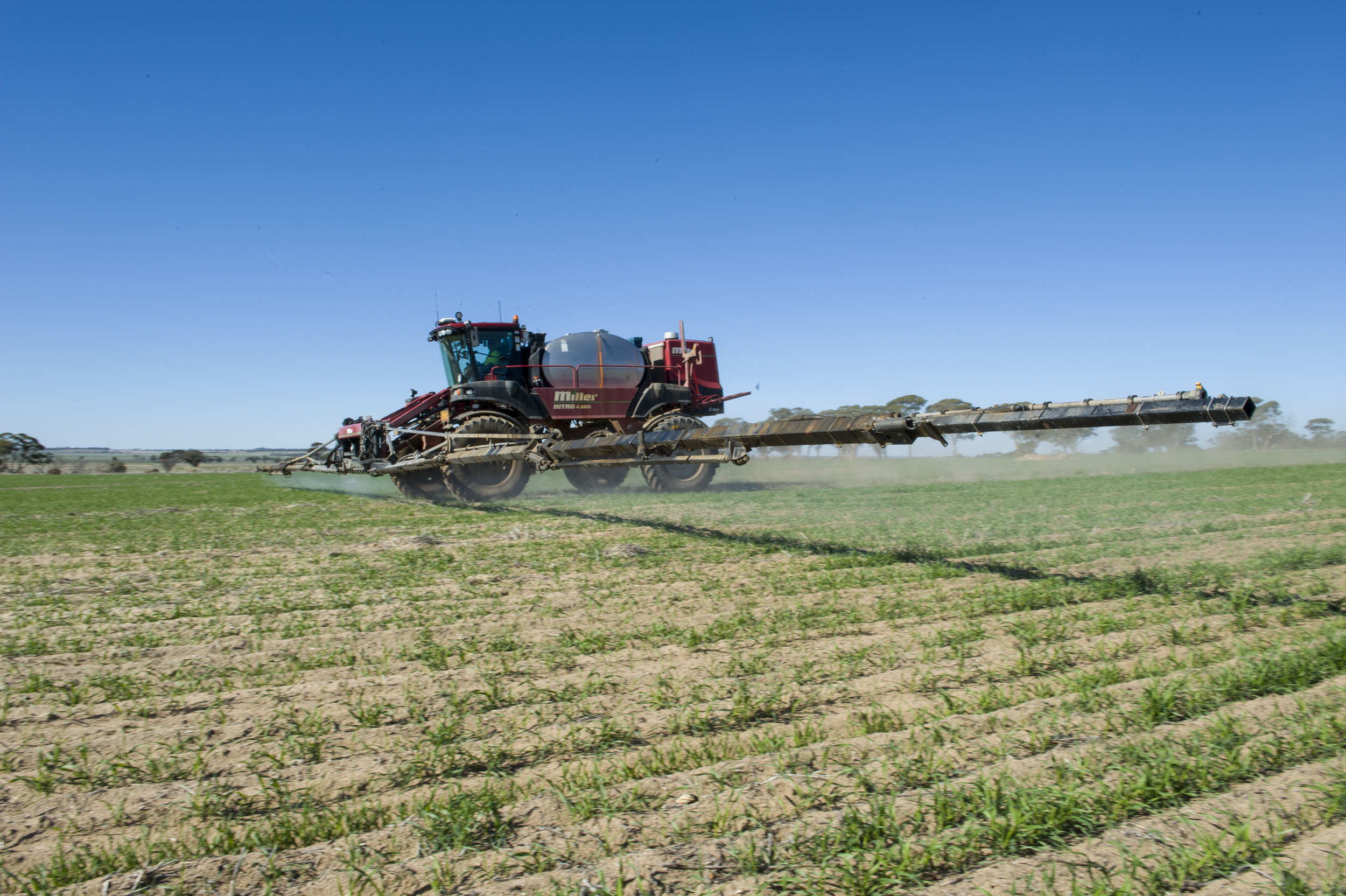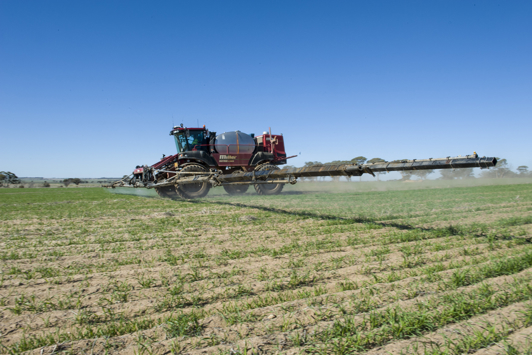Some of the world’s safest grains, fruit and vegetable products are produced in Western Australia. WA farmers produce safe food by keeping their products at or below the maximum residue limits (MRL) set for that commodity.
The MRL is the legal limit of the chemical residue permitted in food. It is set at a conservative level to ensure human health. If WA grains, fruit and vegetables were found to contain excess chemical residues, we could lose access to important markets.
Farmers manage chemical residue risks by following the registered label or permit directions, adopting responsible farming practices, and keeping accurate records.
A residue is a remnant of a chemical or heavy metal (for example, lead, arsenic, cadmium) inside, or on, a plant at a point in time. The residue may be the original substance or a derivative of the original substance (metabolite). Some chemicals and heavy metals may cause residues. The time taken for a residue to break down varies depending on the substance and the type of crop.
If you suspect your crop may contain chemical residues above the MRL, contact your local DPIRD office where staff can assist in the management of these crops before they enter the food chain.
WA has laws to manage residues in crops. These laws safeguard the public and market access by helping to ensure crops are not supplied if they contain residues exceeding the MRL.
DPIRD manages chemical residue laws in respect of agricultural produce. The legislation is the Biosecurity and Agriculture Management Act 2007 and Biosecurity and Agriculture Management (Agriculture Standards) Regulations 2013.
It is an offence to sell crops containing residues exceeding the MRL. The department may investigate residue detections above the MRL and could issue corrective actions. Penalties may apply.
Keep crops free of residues above the MRL by:
- Following all pesticide label or permit directions.
- Keep records of pesticide applications (see Biosecurity and Agriculture Management (Agricultural Chemical Record Keeping) Regulations 2020).
- Ensure all people applying chemical products have undertaken the necessary training.
- Observe the withholding period (WHP), for both grazing and harvest. WHP is the number of days that must elapse between application of a pesticide and harvest. For example, windrowing of canola is the start of harvest, therefore the WHP must have lapsed prior to windrowing.
- Check chemical application records, including for the WHP, before harvesting crops.
- Before harvest, decontaminating treated grain storage, transport equipment or grain handling equipment and equipment that has been in contact with treated fertiliser or seed (pickled seed).

Remember:
- Be aware of the chemicals used on your property and crops and adhere to all product label directions.
- Keep crops and livestock safe from unnecessary chemical exposure or use.
- Help maintain Western Australia’s well-earned reputation for safe grain, fruit, and vegetable products.
Contact your local department office for advice if you suspect your crop may contain chemical or heavy metal residues or if you have questions about MRLs.

